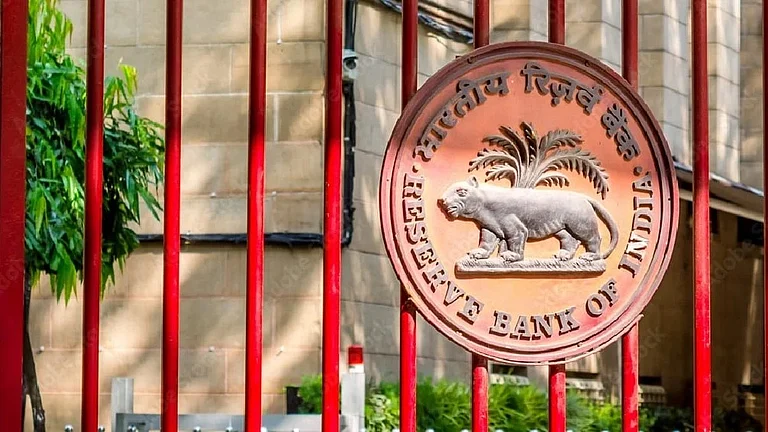The world of digital payment is shaken by a new ‘Jumped Deposit Scam’, targeting people across all age groups. Typically, the fraudsters would deposit an unsolicited small amount in the victim’s bank account, and then lure them in for a bigger fraud.
In the past week, many reports have explained the modus operandi of this scam, linking it to Unified Payments Interface (UPI) and its users as primary victims of the scam.
However, the National Payments Corporation of India (NPCI) has now issued a notification clarifying that no instances of fraud, as described in many news articles on the Jumped Deposit Scams, have been observed on the UPI platform.
What Is This Scam And How Does It Work?
First reported in Tamil Nadu, this scam came to light after the Tamil Nadu Cyber Crime Police issued a public advisory urging individuals to remain vigilant against this fraud.
In this scam, the fraudster usually credits a small amount, typically Rs 1,000 or Rs 5,000 to the victim's bank account. Using this deposit as bait, the scammers will then send you an SMS to your linked mobile number.
The SMS is sent to the victim to check the current balance and the sudden deposit in the account.
Some may get spooked, while others might get curious about such a credit to their account. Driven by the urge to check the deposit in the bank account, the victim would enter their personal identification number (PIN). This, in turn, would enable the fraudster to breach the cyber security wall and withdraw more money from the account than what has been credited.
Not Via UPI: NPCI Clarifies
Recently, many reports have noted that the scam is targeting UPI users and is being carried out through UPI platforms. However, the scam can only allow a fraudster to drain your account if they get direct access to your account. In other words, simply opening a UPI platform will not enable scammers to drain your funds.
The NPCI also issued a circular in this regard. It said:
1) Simply opening a UPI or bank application does not automatically approve a transaction. For a transaction to occur, the user must navigate to the payment request section and explicitly click on the ‘pay’ option to authorise it with the UPI PIN. Without this step, the payment will not get processed.
2) No external party can directly request or withdraw funds from the user’s account. Since UPI is a devise-based payment system, it is linked to the user’s registered mobile number on the device. Only the user can initiate transactions or withdrawals.
3) Further, users need to input their PIN even for balance inquiry transactions. This does not automatically authorise any withdrawal or payment requests which are treated as a separate transaction.
How To Protect Yourself From This Scam
First and foremost, avoid clicking on any suspicious alert message received as SMS or email. Since many already have the banking applications installed on their phones, wait for some time to check directly on the app.
When there is any unusual deposit in your bank account, wait for at least 30 minutes before you log in to check the balance. Any withdrawal request will typically expire after some time.
In case you do not want to wait, enter an incorrect PIN intentionally to decline any previous or fraudulent transaction.
Though the scam may not be perpetuated directly through any UPI platform, there have been some cases of the same. It would be in your best interest to stay vigilant and report to your bank if any unsolicited credit deposit occurs in your account.













